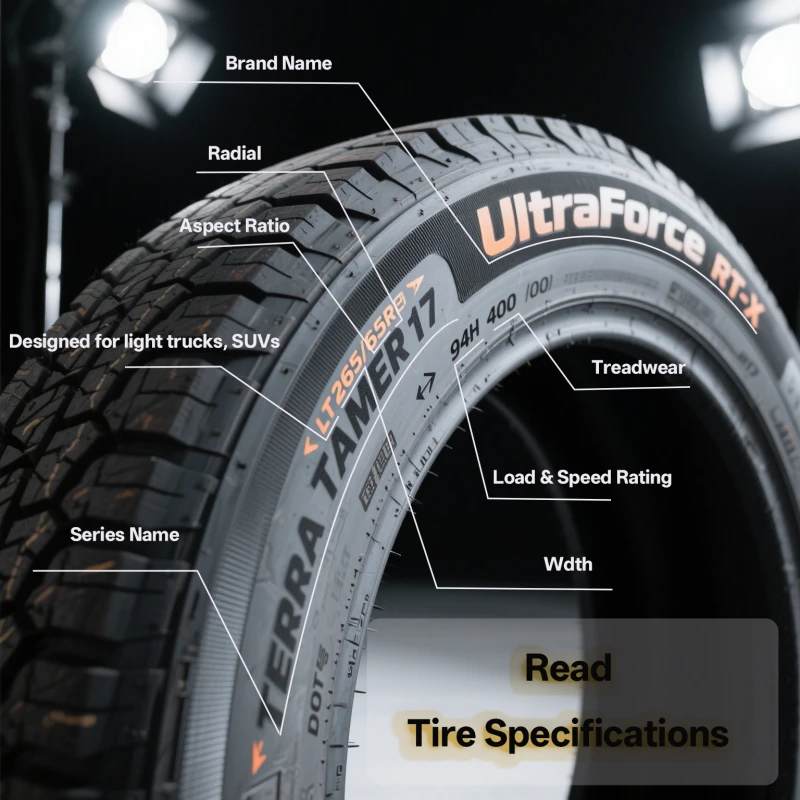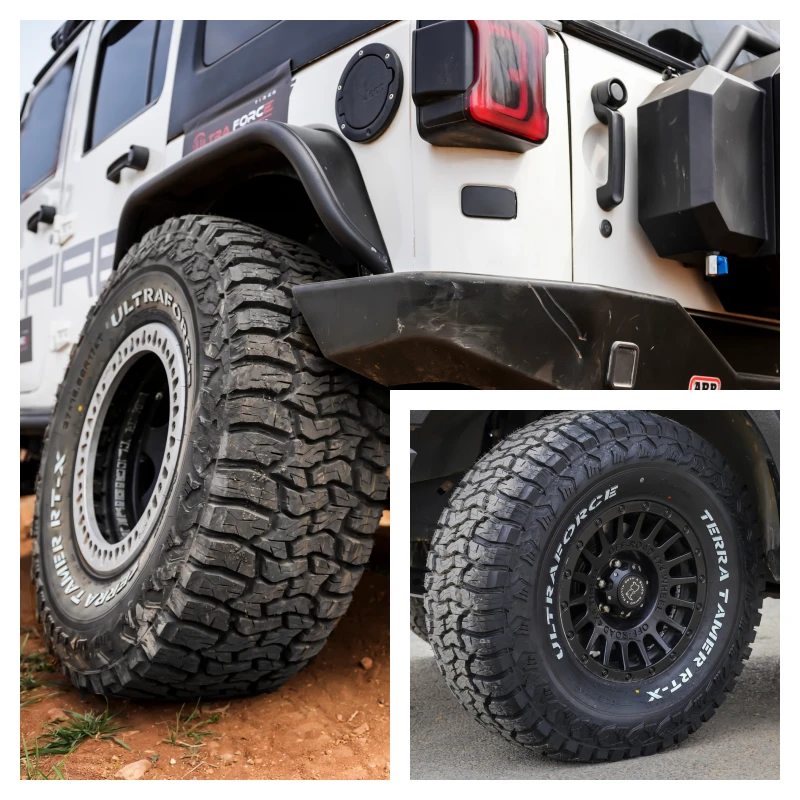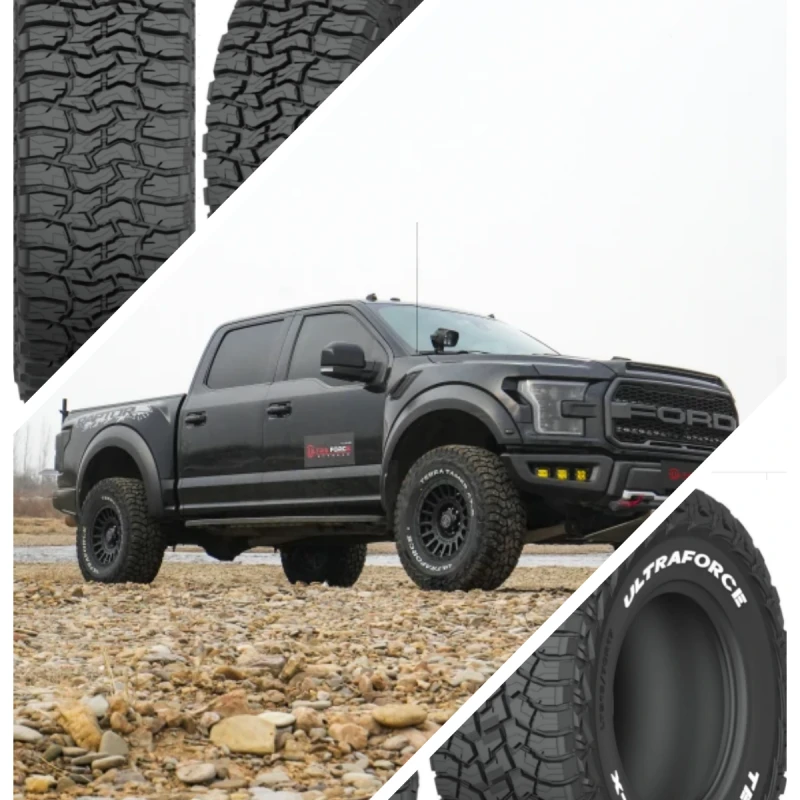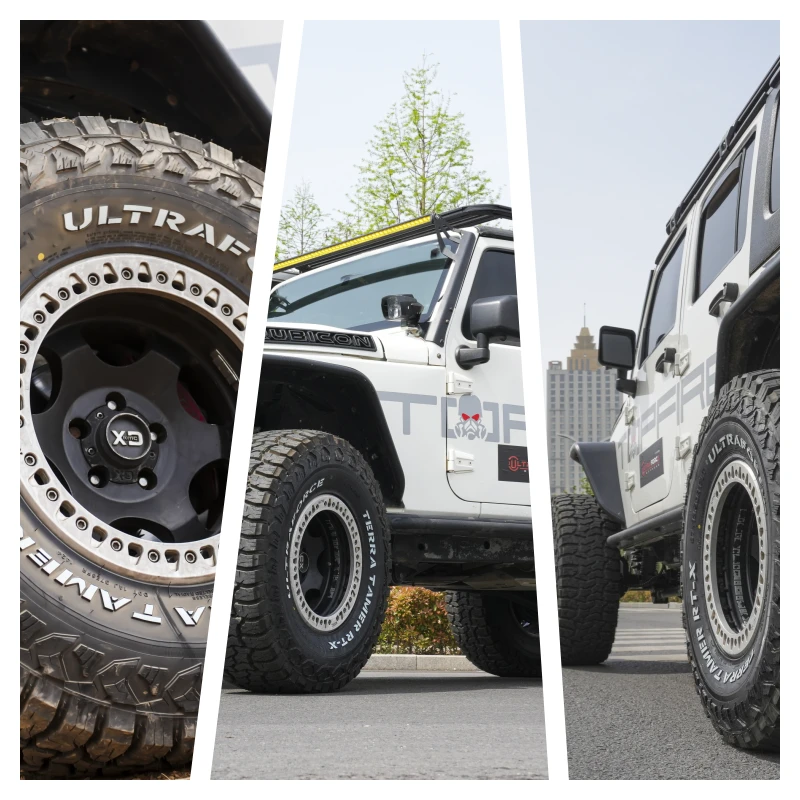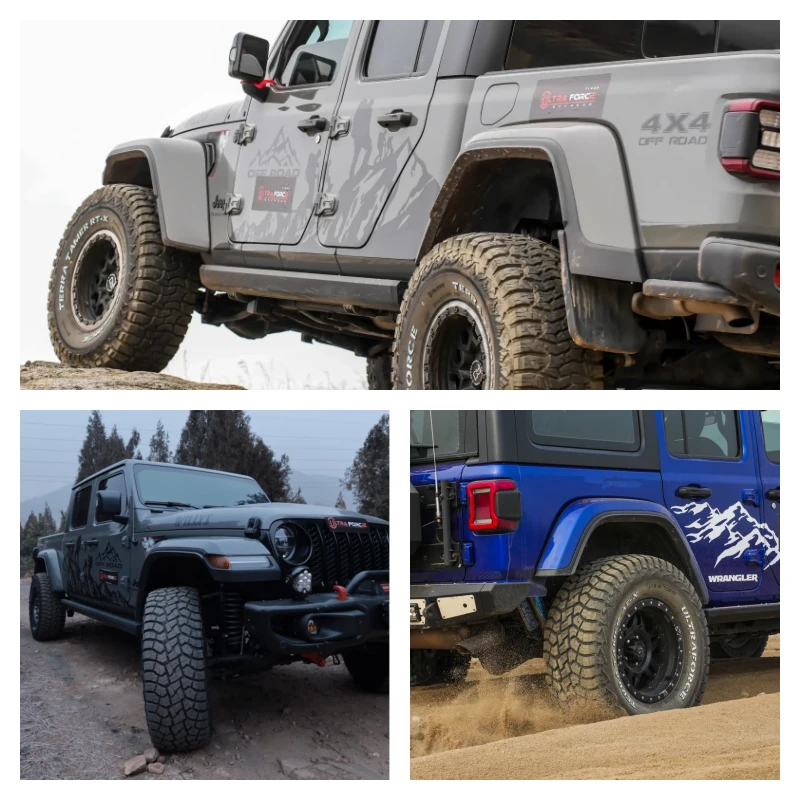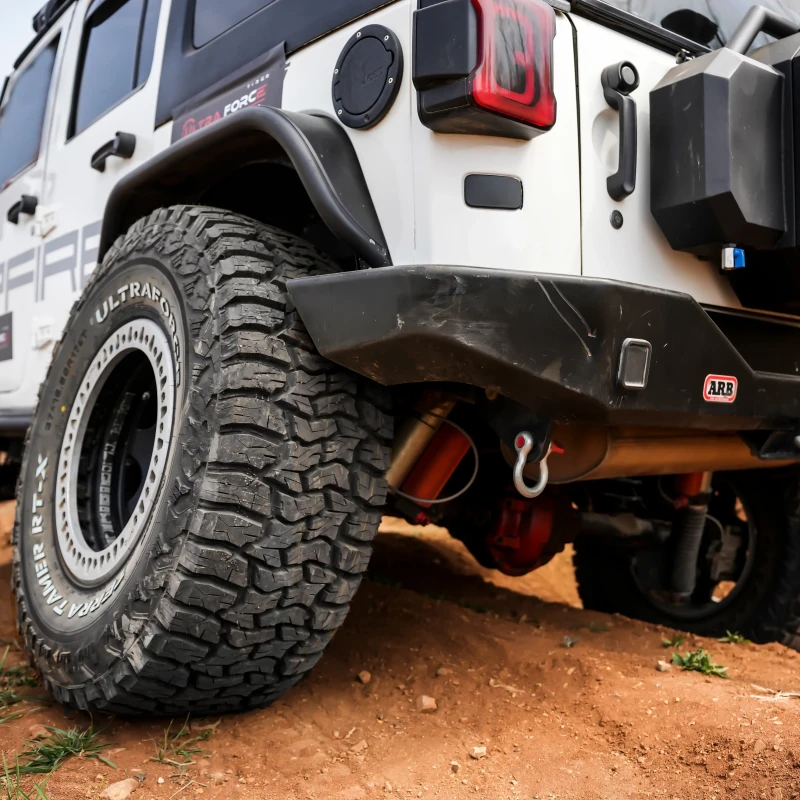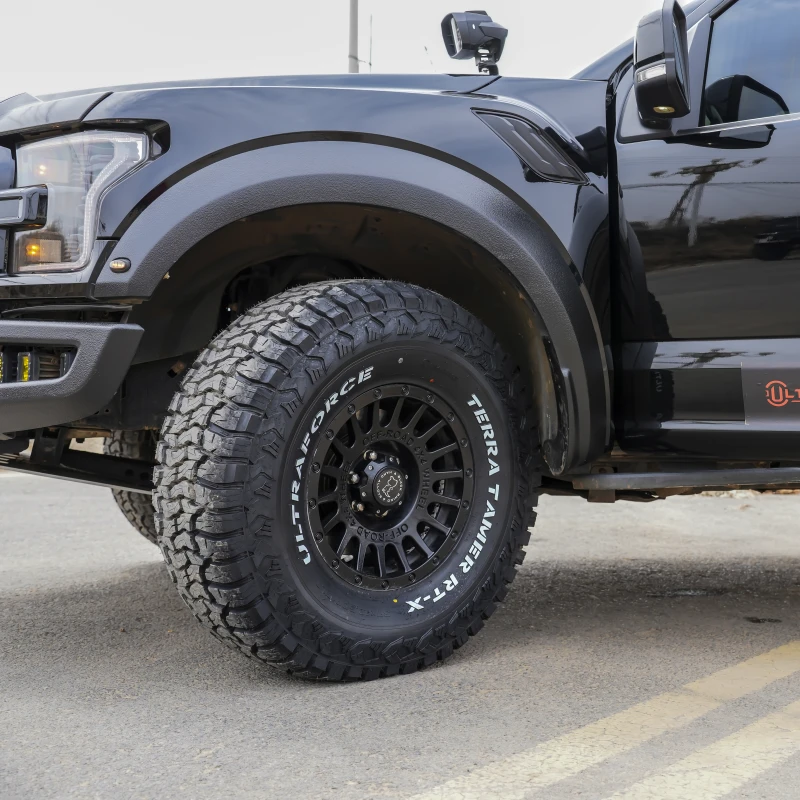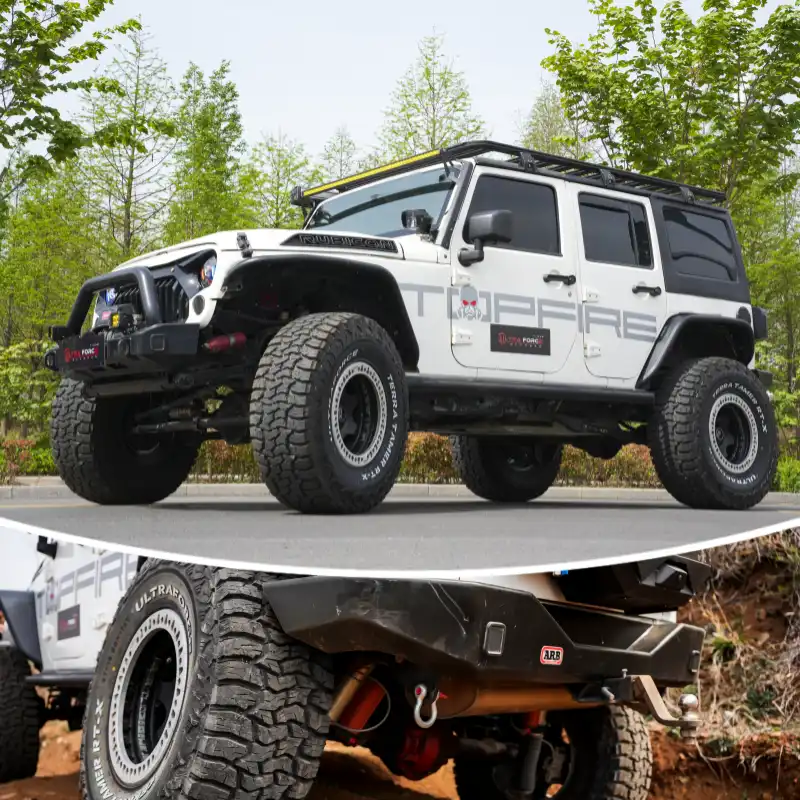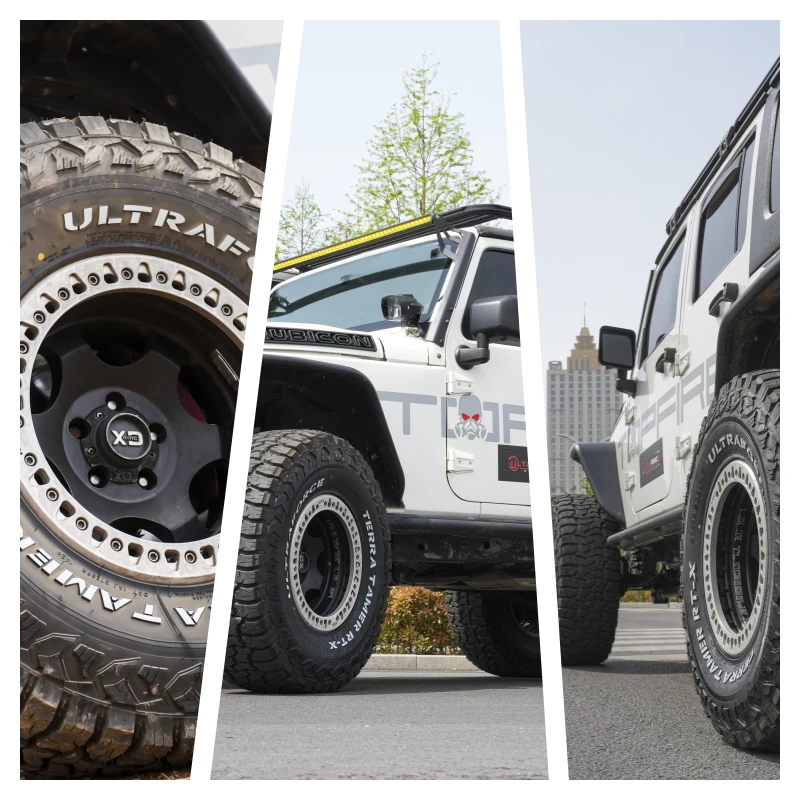Understanding What Your Tires Are Telling You
Whether you're an off-road thrill-seeker, a daily commuter, or someone looking to scale a tire business with UltraForce Tires, knowing how to read tire specifications isn't just helpful—it's critical. Tires are far more than circular pieces of rubber; they're complex components engineered to perform under specific conditions. Hidden in the seemingly cryptic combinations of numbers and letters on a tire sidewall is a wealth of information. And deciphering it? That’s where the real magic begins.
In this article, we'll dive deep into how to read tire specifications, examine relevant data, provide insightful tables for comparison, and even explore how companies like UltraForce Tires customize tires for optimum performance. So buckle up—this is going to be an enlightening ride.
The Anatomy of a Tire Specification Code
A typical tire might be labeled something like P225/65R17 102H. Let’s dissect it:
| Code Element | Description | Meaning |
|---|---|---|
| P | Tire type | "P" stands for Passenger car. |
| 225 | Tire width (in mm) | Width from sidewall to sidewall. |
| 65 | Aspect ratio (%) | Sidewall height as % of the width. |
| R | Construction type | "R" means Radial, the standard type. |
| 17 | Rim diameter (in inches) | The diameter of the wheel it fits. |
| 102 | Load index | How much weight the tire can carry. |
| H | Speed rating | Max speed capacity of the tire. |
And that, friends, is just the beginning.
Understanding Load Index and Speed Rating
When it comes to performance and safety, load index and speed rating are not numbers to be ignored.
| Load Index | Load Capacity (lbs) |
| 85 | 1,135 |
| 95 | 1,521 |
| 102 | 1,874 |
| 115 | 2,679 |
The higher the number, the more weight the tire can bear. On the flip side, speed ratings are given alphabetically:
| Speed Rating | Max Speed (mph) |
| S | 112 |
| H | 130 |
| V | 149 |
| Z | 149+ |
A subtle irony: The faster you go, the more crucial it is that you don’t ignore these specs.
Why Tire Specifications Matter — Especially Off-Road
In city driving, you might only glance at your tire's sidewall when it’s time for a rotation. But in off-road conditions, where the terrain has teeth, those specs determine whether you conquer a rocky trail or get stuck in the mud.
UltraForce Tires has spent decades perfecting the art of off-road tire design. Their attention to tire diameter, tread depth, and construction materials makes them a leading force in extreme-condition tires. Want to climb a hill coated in wet clay or cross snow-covered ridges without batting an eye? Then specs like tread design, ply rating, and sidewall strength suddenly become your best friends.
| Terrain Type | Recommended Feature | UltraForce Customization Options |
| Rocky Terrain | Reinforced sidewall, low aspect | Multi-ply structure, high-grip compound |
| Muddy Paths | Deep, self-cleaning tread | Aggressive lugs, wide void ratios |
| Sand Dunes | Wide footprint, low pressure | Flotation-optimized width and bead design |
| Snow/Ice | Siping, softer rubber compound | Cold weather-specific rubber mix, siped lugs |
Size Isn’t Just a Number
You’d be surprised how often consumers confuse size with performance. A bigger tire isn’t always better—unless you know what it’s designed for.
Tire diameter affects speedometer accuracy, fuel economy, and suspension geometry. Rim size influences handling characteristics and tire profile impacts ride comfort. Getting these mismatched could mean sacrificing fuel economy for the sake of aesthetics.
UltraForce Tires offers custom sizing services, helping businesses and individuals pick the ideal size for both function and form. It's like tailoring a suit—only this time, it's for your ride.
Treadwear, Traction & Temperature Ratings: The Holy Trinity
The Uniform Tire Quality Grading (UTQG) system gives you an idea of how a tire performs in three critical areas:
| UTQG Rating | Explanation |
| Treadwear 300 | Tire lasts 3x longer than reference tire |
| Traction A | Excellent wet traction |
| Temperature B | Handles heat well, suitable for moderate performance |
A tire with a UTQG of 500 A A is a solid performer: it lasts long, grips well, and doesn’t melt under pressure—literally. UltraForce Tires tests every batch rigorously to ensure these values align with real-world conditions, not just lab tests.
DOT Code & Manufacturing Details: Reading Between the Lines
The DOT code (Department of Transportation) reveals:
Manufacturer
Plant code
Tire size code
Date of production (last 4 digits)
For example: DOT U2LL LMLR 2319 = manufactured in the 23rd week of 2019.
Why is this important? Because rubber degrades. No matter how fancy the tire, a six-year-old tire might already be past its prime.
The Business Angle: How UltraForce Tires Uses Specifications to Drive B2B Growth
In the B2B world, specs aren’t just technical jargon—they’re sales drivers. UltraForce Tires assists tire retailers, fleet managers, and resellers in using spec data to match customers with the ideal product.
With customized branding, tread pattern optimization, and regional weather-specific compound development, UltraForce becomes more than a supplier. It becomes a growth partner.
| Business Need | UltraForce Solution |
| Retail Store Differentiation | Custom-branded, exclusive tread designs |
| Commercial Fleet Longevity | High-load, low-rolling-resistance tire engineering |
| Niche Off-Road Retailers | Terrain-specific performance tires |
Common Misconceptions: Busting the Tire Spec Myths
"All tires with the same size code are equal." Nope. Construction quality, material, and testing standards can vary wildly.
"Higher speed rating = better tire." Only if your driving conditions justify it.
"Treadwear rating means years of use." It's a relative metric, not an expiration date.
Understanding these nuances means you’re not just buying a product—you’re making an informed investment.
Conclusion: The Truth Is in the Tread
Reading tire specifications isn't about memorizing alphanumeric codes. It's about understanding performance, ensuring safety, and making the best possible choice for your specific driving needs. Whether you're an off-road enthusiast heading into the unknown or a business ready to level up with UltraForce Tires, decoding those specs is your gateway to better performance and smarter buying.
UltraForce Tires stands not just as a tire manufacturer, but as your ally in the world of wheels. From P-metrics to ply ratings, from snow-tread to sand-grip, our mission is to put you in control of your journey. After all, for us, the road never ends—and neither should your confidence in the tires beneath you.
